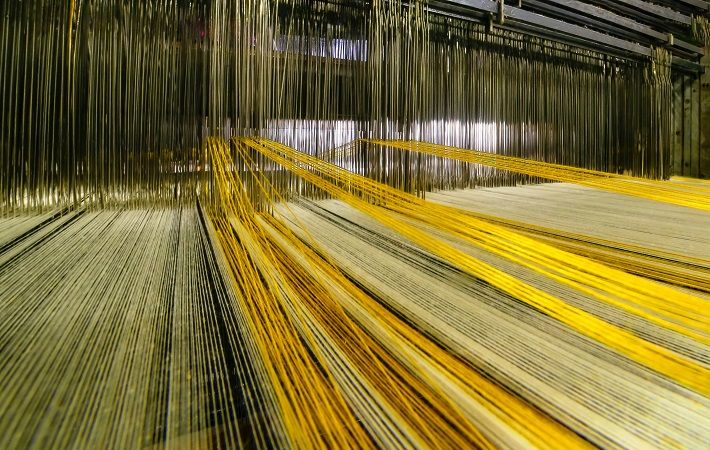
The report titled ‘Unlocking the Trillion-Dollar Fashion Decarbonisation Opportunity’ has estimated that 47 per cent of CO2 reductions come from implementing existing solutions, while 39 per cent comes from scaling innovative solutions, and 14 per cent from other solutions – including reducing overproduction, material efficiency improvements, and scaling circular business models.
It has evaluated 7 solutions to reach net-zero in the fashion industry by 2050, including a shift to renewable energy, sustainable materials and processes, accelerating the development of next generation materials, and phasing out coal, amongst others.
The total cost to implement these solutions and achieve net-zero is $1.04 trillion, including: $639 billion towards existing solutions (61 per cent) and $405 billion towards innovative solutions (39 per cent). Philanthropic and government grants represent $50 billion (only 5 per cent of the total), but are critical for catalysing industry and financial capital.
The report builds on existing research, as well as the knowledge and expertise of Fashion for Good and Apparel Impact Institute. It estimates the emissions reduction of existing and innovative solutions, and calculates the finance needed to bring them to scale and drive the industry to net-zero by 2050; a critical step to mapping the path and actions for the fashion industry in the decades to come.
“Reducing carbon emissions will be one of, if not the, defining challenge of our generation and indeed the fashion industry. The good news is that a strong pipeline of solutions – both disruptive and ready to be implemented – can drastically decarbonise the industry. This report highlights that not only are the opportunities plentiful and financially attractive, but they are key to getting us to a net-zero, circular industry,” Katrin Ley – managing director, Fashion for Good, said in a statement.
“This report reframes decarbonisation as an investment opportunity rather than a cost. These proven, investable solutions require a tremendous amount of capital, and we now need to create the pathways for all forms of financial capital in order to bring them to scale,” said Lewis Perkins – president, Apparel Impact Institute.
The financing opportunity is multi-faceted and will require a committed and coordinated effort by brands, manufacturers, philanthropy, government and industry organisations. The report splits up the amount of finance required per emission-reduction solution across the different financiers, appealing to different risk appetites and profiles, and providing a nuanced and detailed pathway to achieving net-zero.
“The fashion industry is becoming increasingly aware of its environmental impact and of the need to swiftly transition to net-zero. This report shows that, while there are challenges to overcome, this transition is possible and will open up new opportunities for businesses in this sector. Collective action is critical. The financial system must play its part by providing the investment to fund net-zero solutions at scale,” commented Zoë Knight – managing director and group head of the HSBC Centre of Sustainable Finance.
Fibre2Fashion News Desk (KD)